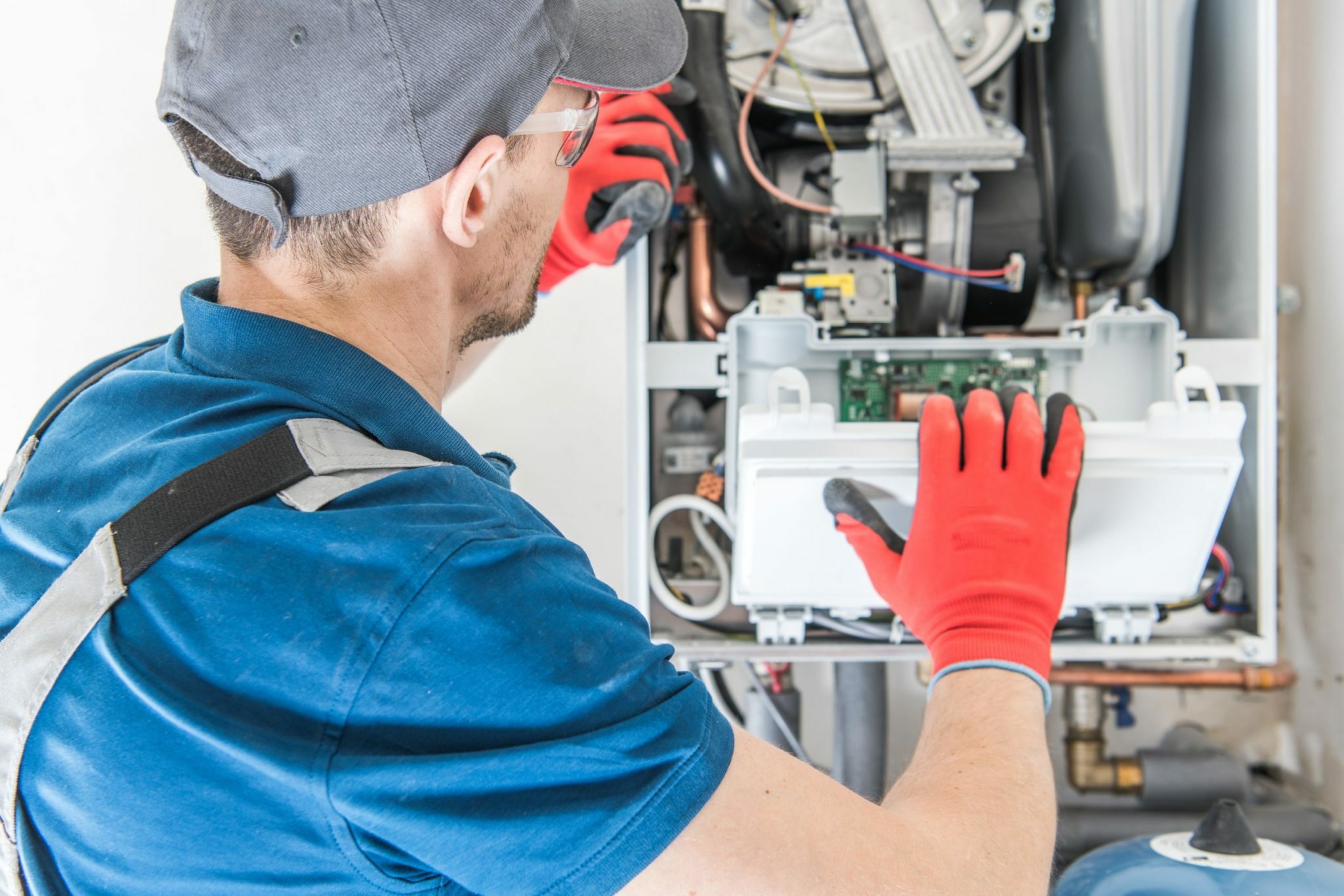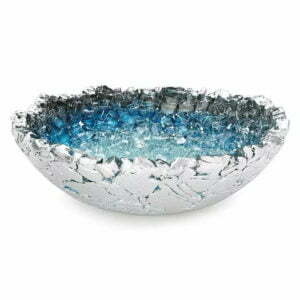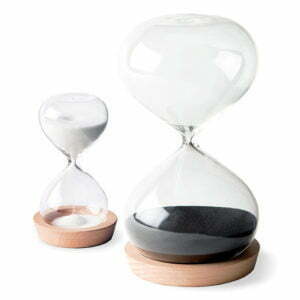If you have a gas water heater, gas furnace, or other appliance fueled by gas that needs to cycle on and off, a thermocouple is regulating them. A furnace thermocouple is a device that produces a small electric current. The thermocouple has two dissimilar metals at the end of a probe that produces electricity in the presence of heat. The device is near the pilot light and sends an electric current to the gas valve signaling an available flame. The electric current produced by the thermocouple keeps the gas valve open and your furnace working properly.
The thermocouple relies on a phenomenon known as the Seebeck Effect to produce an electrical current and communicate with the gas valve. The most important job of the thermocouple in your furnace is to keep your home and family safe. The thermocouple closes the gas valve to prevent a gas leak if something is wrong with the pilot light. Without a thermocouple device, unused gas could leak into your home, creating a safety hazard and the potential for a fire or explosion.
Like most things, the thermocouple in your furnace isn’t going to last forever. While your furnace is estimated to have a life span of around 20 years, with maintenance and care, your unit could last well beyond the 20-year mark. However, the thermocouple in your furnace will begin to wear down after about 10 years. If this safety device begins to malfunction, you could experience other issues with your furnace. Let’s look at some signs that you need a thermocouple replacement furnace.
Pilot Light Issues
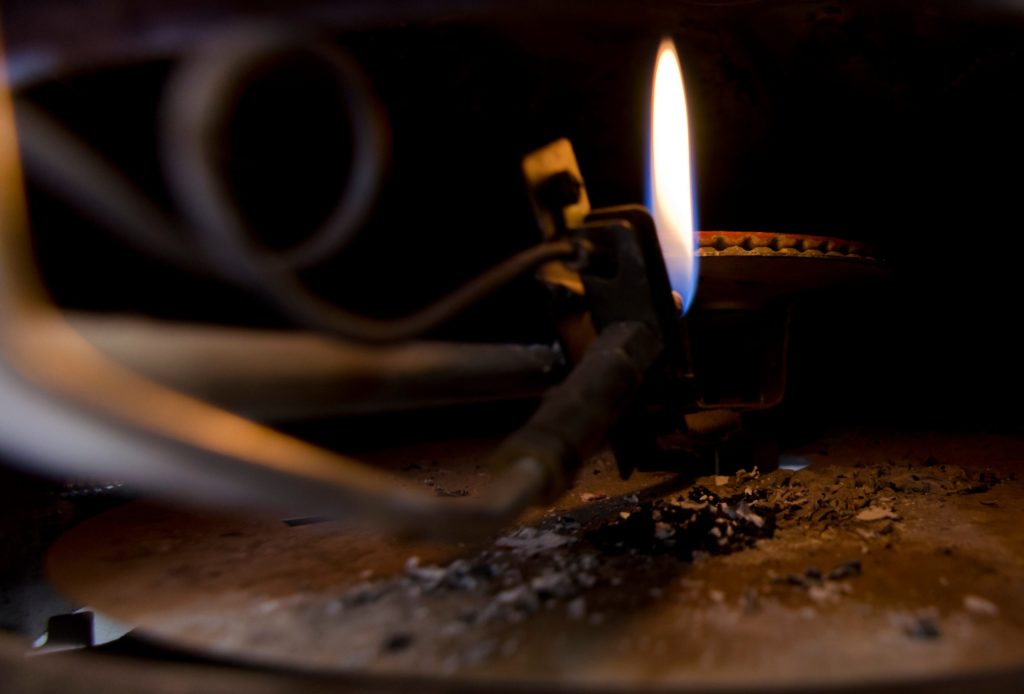
The pilot light is a small blue flame that serves as an ignition source for the main burner in your furnace. Whenever your furnace turns on to heat the house, gas is released through the gas valve, where it comes in contact with the pilot light, is ignited, and produces heat. If your pilot light malfunctions, you will not have any heat. There are several reasons why you may have an issue with the pilot light, with a bad thermocouple being one of them. In general, if you can’t get the pilot flame to light at all, there is probably an obstruction in the pilot tube.
If you have a bad thermocouple, you will experience issues with the pilot flame staying lit. If the flame lights and then goes out quickly when you release the control knob, it is a sign of a malfunctioning thermocouple. Be sure to hold the knob in for the suggested 20 to 30 seconds before releasing it. Additionally, you’ll want to ensure that the gas is turned on. If you are trying to light the pilot flame and notice a small flame that immediately dies, the thermocouple could be to blame.
Thermocouple Inspection
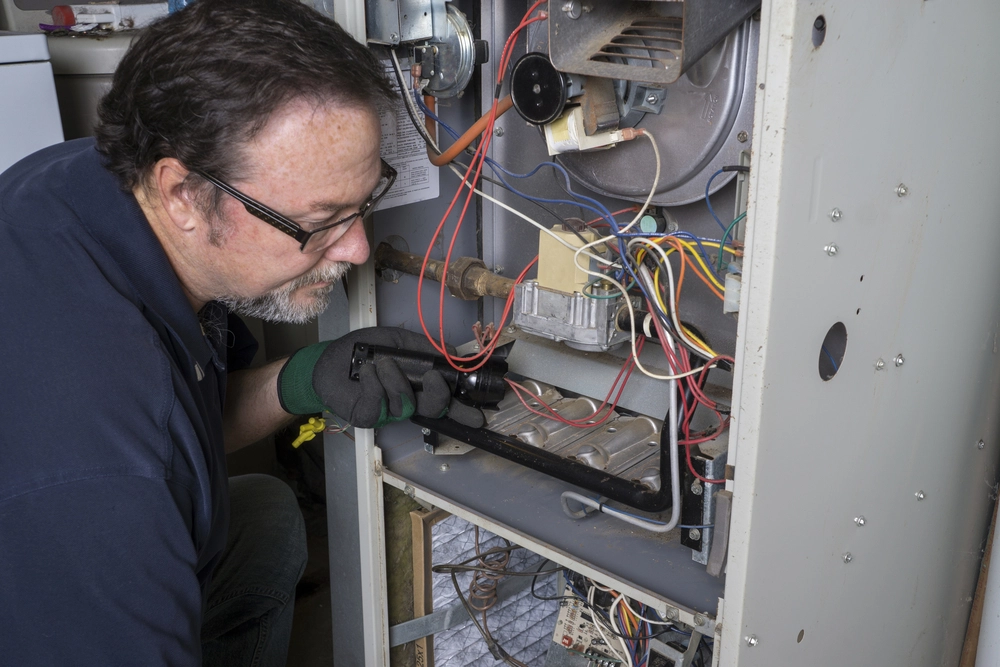
A potential issue could be that the thermocouple has lost its position close to the flame. Vibrations could cause the device to move away from the pilot flame throughout normal use. If this is the case, the thermocouple will not sense the heat and close the gas valve, but you can usually use your hand to move the thermocouple back in place. If the thermocouple is dirty with dust, it could also interfere with normal operation and will need to be cleaned off.
If you can’t find an obvious reason why the thermocouple isn’t working, it has likely worn out. If your furnace is working correctly, a bad thermocouple won’t cause a safety issue, as the gas valve will be closed. To get the furnace working and restore heat to your home, you can have an HVAC technician diagnose the issue and offer a replacement solution.
Regular HVAC maintenance will ensure that all parts of your furnace, including the thermocouple, remain in working order. If you suspect that your thermocouple has gone bad, you can try to troubleshoot the issue, but you may require the assistance of an HVAC technician.

